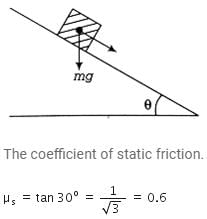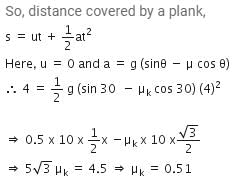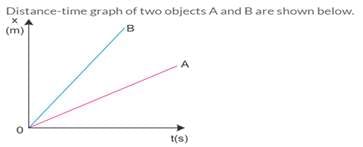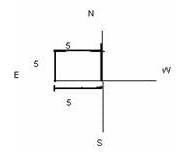Motion Compulsory Test Class 9 - Class 9 MCQ
20 Questions MCQ Test - Motion Compulsory Test Class 9
How far would you travel moving at 12m/s for 3.00 minutes?
| 1 Crore+ students have signed up on EduRev. Have you? Download the App |
A body moving from rest with uniform acceleration travels a distance X in the first t seconds and travels a distance Y with same acceleration in the next 2t seconds, then
If a moving body comes to rest, then its acceleration is-
A plank with a box on it at one end is gradually raised about the other end. As the angle of inclination with the horizontal reaches 30o, the box starts to slip and slides 4.0 m down the plank in 4.0 s. The coefficients of static and kinetic friction between the box and the plank will be respectively

A cat runs around the boundary of a square field of side 6m in 10s. The displacement of the cat in 1 minute is
The area under the speed-time graph gives the -----
An athlete uniformly increases his speed from rest at the rate of 1m/s2 .The time taken to complete 200m race is:
For a body starting from rest and moving with uniform acceleration, the ratio of the distances covered for 1s,2s,3s… is
Area under v-t graph represents a physical quantity which has the unit:
Name the instrument used to measure instantaneous speed of vehicle
If you move 5km north, 5km east and 5km south, then your displacement is
If a train is travelling due north and its braked are applied, it will have?
A car increases its speed from 20km/h to 40km/h in 10 seconds. Its acceleration is
If the speed-time graph is a straight line parallel to the time axis, then the body is






















